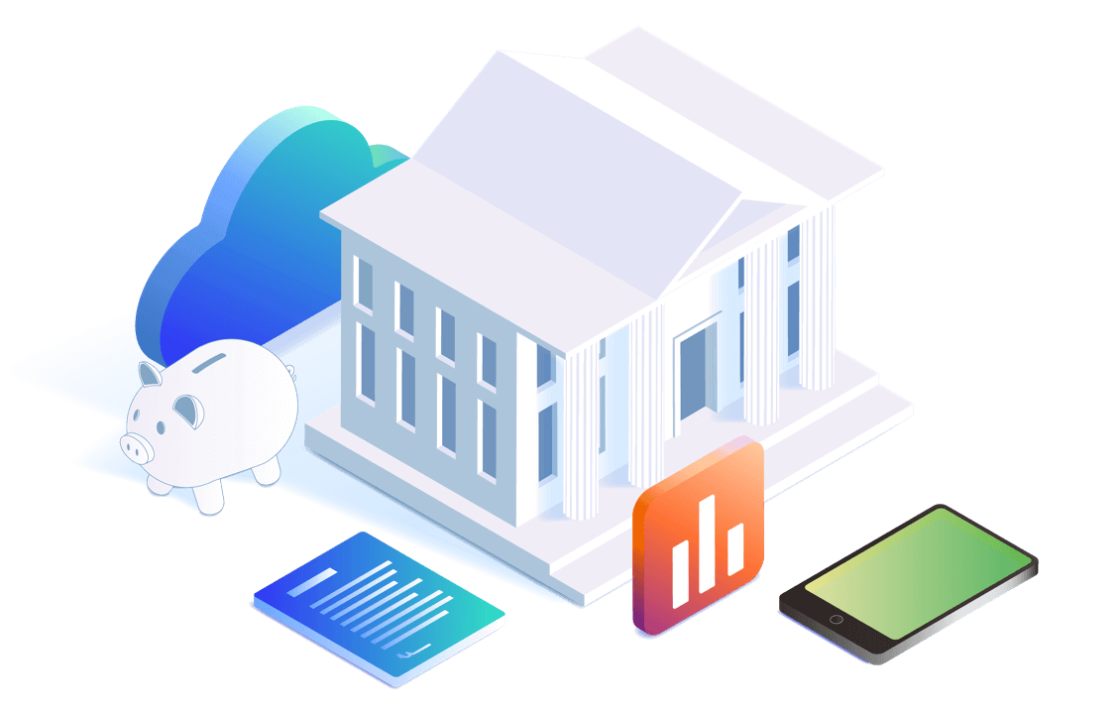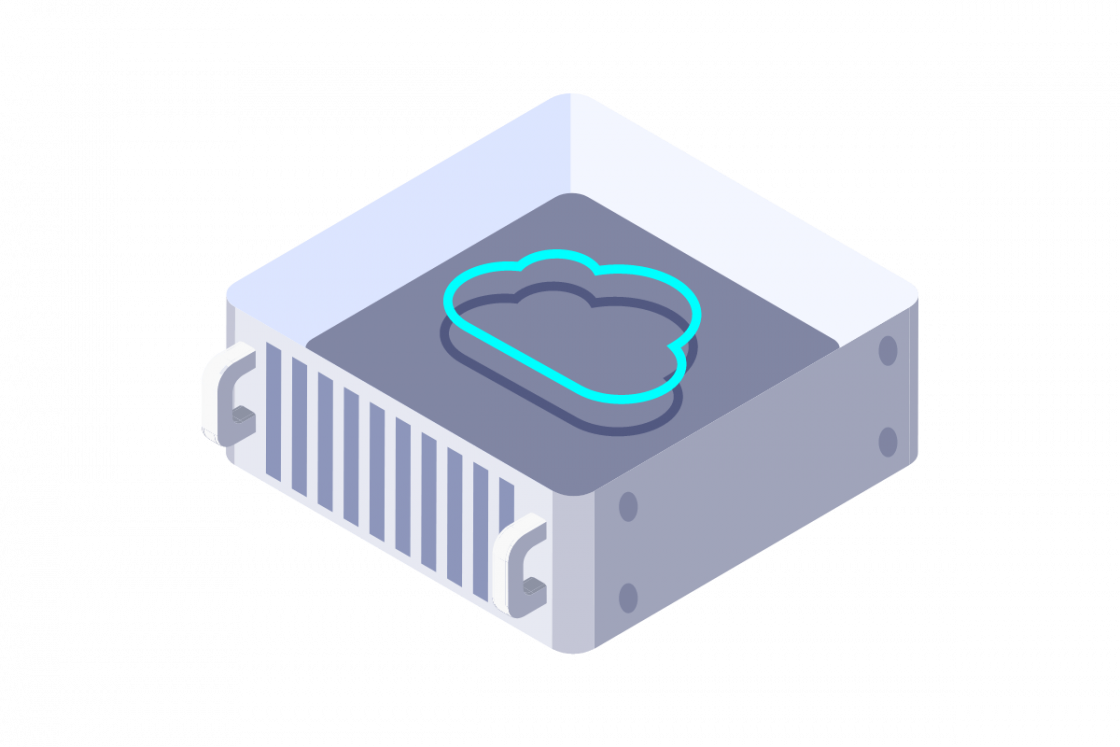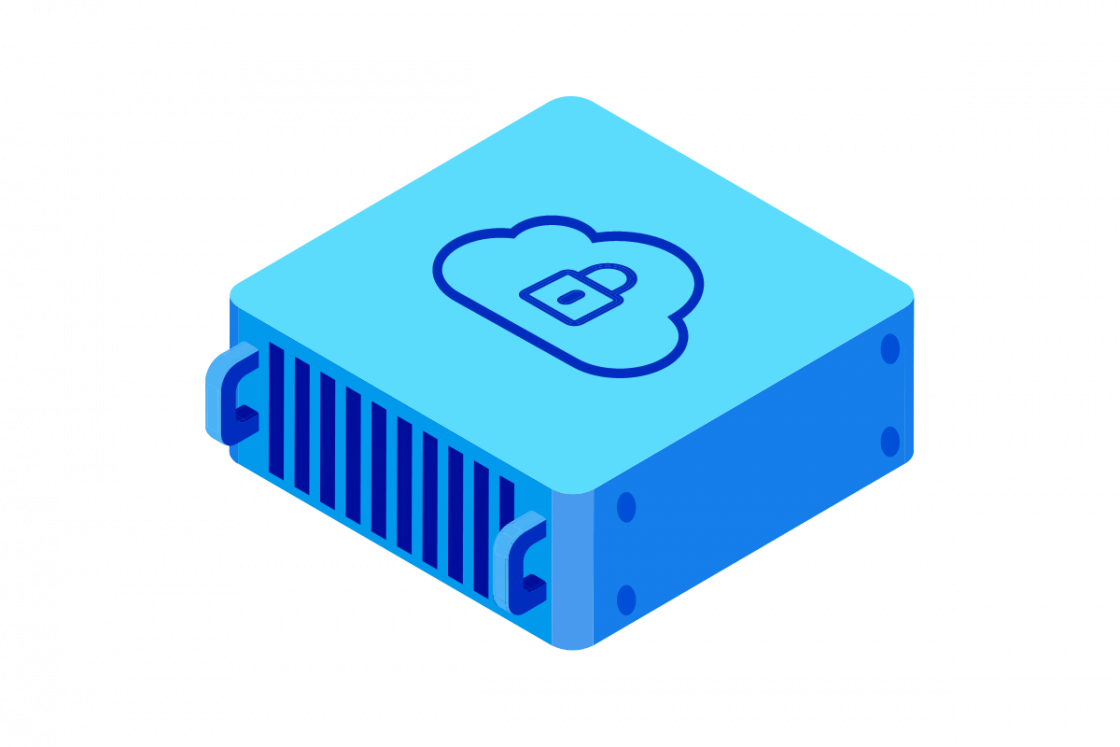What is Data Loss Prevention (DLP)?
In today's hyper-connected digital landscape, where data flows freely across networks, devices, and cloud environments, protecting sensitive information has become a paramount concern for organisations worldwide.
Data Loss Prevention, commonly abbreviated as DLP, stands as a critical line of cloud security that protects against the unauthorised exposure or leakage of valuable data. This article delves deep into the world of DLP, exploring its definitions, mechanisms, importance, and future implications.

Whether you're a business leader, IT professional, or simply curious about data security, understanding DLP is essential in an era where sensitive data breaches can cost millions and erode trust overnight.
Protecting Sensitive Information in a Digital World
The digital world we inhabit is a double-edged sword. On one hand, it enables seamless collaboration, innovation, and efficiency; on the other, it exposes organisations to unprecedented risks of data loss in the absence of security.
Data Loss Prevention software emerges as a sophisticated strategy to safeguard sensitive information from accidental leaks, malicious exfiltration, or compliance violations. At its core, DLP policy isn't just about technology—it's about creating a culture of security that permeates every layer of an organisation.
Imagine a scenario where an employee inadvertently emails a file containing sensitive info like customer credit card details to the wrong recipient, or a hacker infiltrates a network to steal intellectual property. These incidents aren't rare; they happen daily, often with devastating consequences.
DLP solutions act as vigilant guardians with a role to protect, monitoring sensitive data types in motion, at rest, and in use to prevent such mishaps. By integrating policies, tools, and processes, DLP helps organisations maintain control over their data assets, ensuring that sensitive information stays where it belongs—secure and protected.
As we navigate this digital age where the need to protect data is critical, the proliferation of remote work, cloud computing, and IoT devices has amplified the need for robust DLP policy and strategies. Organisations are no longer confined to physical perimeters; data travels globally in seconds. This section sets the stage for a comprehensive exploration of DLP, highlighting its security role in mitigating risks and fostering a secure digital ecosystem.
What is DLP?
Data Loss Prevention (DLP) refers to a set of cybersecurity technologies, processes, and policies designed to use processes to detect, monitor, and prevent the unauthorised transmission or leakage of sensitive data. Unlike traditional software security measures that help focus on perimeter defense, DLP takes a data-centric approach, identifying and protecting information based on its content, context, and destination.
At a fundamental level, DLP systems help protect and classify data into categories such as personally identifiable information (PII), intellectual property (IP), financial records, or health data. They then apply rules to control how this data is handled. For instance, if an email contains a social security number, a DLP tool might block it from being sent outside the organisation or encrypt it automatically.
DLP has evolved from simple keyword-based filters in use in the early 2000s to advanced AI-driven platforms we use to protect data today. Modern DLP incorporates machine learning to understand data patterns, user behavior, and potential threats in real-time. It's not limited to on-premises environments; cloud-native DLP solutions now extend protection to SaaS applications.
In essence, DLP policy is about visibility and control of sensitive data types. It provides organisations with insights into where their data resides, how it's being used, and who has access to it. By preventing data loss, DLP helps avoid regulatory fines, reputational damage, and financial losses associated with breaches.
Why is DLP Important for Organisations?
In an era where data is often called the new oil, its protection is non-negotiable. Organisations face a myriad of threats that require a solution, from insider errors to sophisticated cyberattack, making DLP indispensable. The importance of DLP stems from its ability to address these risks head-on, ensuring business continuity and compliance.
- Fines: First and foremost, DLP policy protects against financial repercussions. Data breaches can cost companies an average of several million dollars per incident, including legal fees, remediation efforts, and lost revenue. By preventing leaks, DLP minimises these costs and preserves shareholder value.
- Compliance: Compliance is another critical DLP software driver. Regulations like GDPR in Europe, CCPA in California, or industry-specific standards mandate strict sensitive data handling practices. Non-compliance can result in hefty penalties—think millions in fines for mishandling personal data. DLP automates compliance by enforcing policies that align with these regulations, reducing the security burden on IT security teams.
- Intellectual property: Beyond finances and legalities, DLP safeguards the use of intellectual property and competitive advantage. For tech companies, losing proprietary code could mean ceding market share to rivals. In healthcare, exposing patient records erodes trust and invites lawsuits. DLP's real-time monitoring ensures that sensitive data doesn't fall into the wrong hands.
- Improved security: Moreover, DLP fosters a proactive security posture. It empowers organisations to detect anomalies, such as unusual sensitive data transfers, before they escalate into full-blown incidents. In a world where remote work blurs boundaries, DLP provides the visibility needed to manage risks across distributed environments.
Ultimately, implementing DLP software signals a commitment to data stewardship of all data types, enhancing customer trust and will also help improve employee confidence. As cyber threats evolve, organisations without DLP risk being left behind in the race for digital resilience.
How Does Data Loss Prevention Work?
A DLP solution operates through a combination of content inspection, contextual analysis, and policy enforcement, creating a multi-layered defense mechanism. Let's break it down step by step.
The process begins with data discovery and classification. DLP tools scan repositories—emails, files, databases—to identify sensitive information using techniques like regular expressions for patterns (e.g., credit card numbers), fingerprinting for exact matches, or machine learning for contextual understanding.
Once classified, sensitive enterprise data is monitored in three states: at rest (stored in databases or files), in motion (transiting networks via email or web), and in use (accessed on endpoints like laptops). A network DLP solution will use inspection for traffic at gateways, while endpoint DLP watches local devices, and cloud DLP policy integrates with SaaS platforms.
When potential loss violations are detected, data loss prevention enforces actions based on predefined policies. These could include blocking transmissions, quarantining files, alerting administrators, or encrypting enterprise data. For example, if an employee tries to upload a confidential document to a personal cloud storage, the system might prevent it and log the attempt for review.
Advanced DLP leverages user and entity behavior analytics (UEBA) to spot insider threats. If a user suddenly downloads large volumes of data, it triggers a security investigation. Integration with other security tools, like SIEM systems, enhances its effectiveness. It’s also key to have customer identity and access management to discourage unauthorised access by malware, ransomware and phishing tools.
Implementation and DLP solution use typically involves defining identity and access management policies tailored to the organisation's risk profile, training users, and continuously tuning the system to reduce false positives. While complex, these software workflows help ensure comprehensive data security without hindering productivity.
Key Benefits of Implementing DLP
Adopting data security solutions yields numerous advantages that extend beyond mere prevention.
- Data visibility: One primary benefit is enhanced sensitive data visibility, allowing organisations to map out their information assets and understand usage patterns. This insight is invaluable for risk assessment and strategic decision-making.
- Compliance: Another key advantage is regulatory compliance. DLP policy automates the enforcement of data security rules, simplifying audits and reporting. Organisations can demonstrate due diligence, avoiding penalties and building a reputation for reliability.
- Efficiency: DLP policy also boosts operational efficiency. By automating monitoring and response, it frees IT teams from manual oversight, reducing workload and errors. Integrated with endpoint protection, it creates a unified security fabric.
- Risk mitigation: From a risk mitigation use standpoint, DLP reduces the likelihood of data loss and breaches, protecting against both accidental and intentional losses. This translates to lower insurance premiums and preserved brand integrity.
Finally, data loss prevention supports business growth. In data-driven industries, secure handling of information enables innovation without fear of exposure. Employees can collaborate freely, knowing safeguards are in place.
What are the Main Types of DLP?
DLP solutions come in various forms, each suited to different environments and needs. The main types include network DLP, endpoint DLP, cloud enterprise data loss prevention, and integrated DLP.
Network DLP focuses on sensitive data in transit, inspecting emails, web traffic, and file transfers at network perimeters. It's ideal for preventing external leaks but may miss internal movements.
Endpoint DLP protects enterprise data from loss on devices we use like laptops and mobiles, monitoring actions such as copying to USB drives or printing. It's crucial for remote work scenarios where devices are outside corporate networks.
Cloud DLP extends protection to cloud services, scanning uploads for sensitive content. With the shift to cloud, this type is increasingly vital.
Integrated or enterprise DLP combines these into a single platform, offering comprehensive coverage across on-premises, cloud, and hybrid setups. It often includes advanced features like AI-driven threat detection. Choosing the right type depends on an organisation's infrastructure and risk profile.
Common Use Cases and Industries
DLP finds applications across sectors, tailored to specific regulatory and operational needs.
- Healthcare and HIPAA: In healthcare, DLP policy is essential in use for complying with HIPAA, which mandates the protection of protected health information (PHI) against loss. Hospitals use data loss prevention to prevent unauthorised sharing of patient records via email or cloud, ensuring confidentiality. For instance, it can block transmissions containing medical histories, reducing breach risks and maintaining patient trust.
- Finance and PCI DSS: Financial institutions use a DLP solution to adhere to PCI DSS, safeguarding cardholder data. It monitors for patterns like credit card numbers in outgoing communications, preventing loss and leaks that could lead to fraud. Banks implement DLP to secure transactions and customer data, mitigating insider threats and external attacks.
- Government and GDPR Compliance: Government agencies use DLP to comply with GDPR, focusing on sensitive personal data protection. It helps in classifying and controlling data flows, ensuring citizens' privacy. In scenarios like data sharing between departments, DLP enforces policies to avoid violations, supporting transparent and secure governance.
Challenges in DLP Implementation
Despite its benefits, implementing DLP in an organisation isn't without hurdles. One major challenge is balancing data and network security with usability—overly strict policies can frustrate users and hinder productivity, leading to shadow IT practices.
False positives are another issue; systems might flag legitimate activities, requiring constant tuning. This demands skilled personnel and resources, which smaller organisations may lack.
Integration with existing infrastructure can be complex in use, especially in hybrid environments. Ensuring seamless operation across legacy systems and cloud platforms requires careful planning to prevent loss.
There’s also the challenge of incidence response, and choosing what to do if there is a sensitive data breach, and understanding whether enterprise data loss prevention policies prevented the release of sensitive business intelligence (BI) data.
Data classification accuracy poses difficulties, as sensitive information evolves. Keeping policies updated amid changing regulations adds to the complexity of preventing loss.
Finally, user adoption is key; without training, employees may circumvent controls, undermining effectiveness.
How to Choose the Right DLP Solution
Selecting a data loss prevention solution involves assessing needs, features, and vendors. Start by evaluating your data landscape—identify sensitive assets and risk areas.
Look for solutions with robust content inspection in use, scalable architecture, and integration capabilities. AI and machine learning features enhance detection accuracy.
Consider deployment models: on-premises for control, cloud for flexibility. Vendor reputation, support, and cost are crucial—opt for those with proven track records.
Test via proofs-of-concept to ensure compatibility. Finally, factor in ease of use and reporting tools for ongoing management against enterprise data loss.
DLP and the Future of Data Security
The future of data loss prevention in an organisation is intertwined with emerging technologies like AI, zero-trust architectures, and quantum computing. AI will enable predictive analytics, foreseeing threats before they occur.
As sensitive data volumes explode, data loss prevention and loss protection will incorporate edge computing for real-time processing. Privacy-enhancing technologies, like homomorphic encryption, will bolster data security.
Regulatory landscapes will evolve in use in an organisation, pushing DLP towards global standards. In a post-quantum world, DLP must adapt to new encryption challenges.
Ultimately, data loss prevention will become more proactive, integrated into DevSecOps, ensuring security is baked into every process.
Discover OVHcloud Solutions for DLP
OVHcloud offers cutting-edge data security solutions for your organisation, tailored for modern enterprises, emphasising sovereignty and performance. Our public cloud and private cloud, cloud-native tools integrate seamlessly with public and private clouds, providing data classification, monitoring, and automated responses. It fits into our wider cloud solution services set, including:

Public Cloud
Designed for ultimate flexibility and performance. Our public cloud computing solutions offer a robust, scalable, and highly available infrastructure that adapts to your needs. Launch virtual machines in your organisation, deploy containers, and manage your applications with ease, all backed by our transparent, predictable pricing.

Bare Metal
Unlock the full potential of your applications with OVHcloud bare metal servers. Get dedicated physical servers that deliver maximum performance including for virtual machines (VMs), security, and customisation for your most demanding workloads – thanks to dedicated servers.

Hosted Private Cloud
Achieve the perfect balance of cloud flexibility and dedicated infrastructure with OVHcloud Hosted Private Cloud. Our Hosted Private Cloud solutions provide a fully managed, VMware-powered environment, combining the security and performance of a private or hybrid cloud with the scalability and operational efficiency of a public cloud.